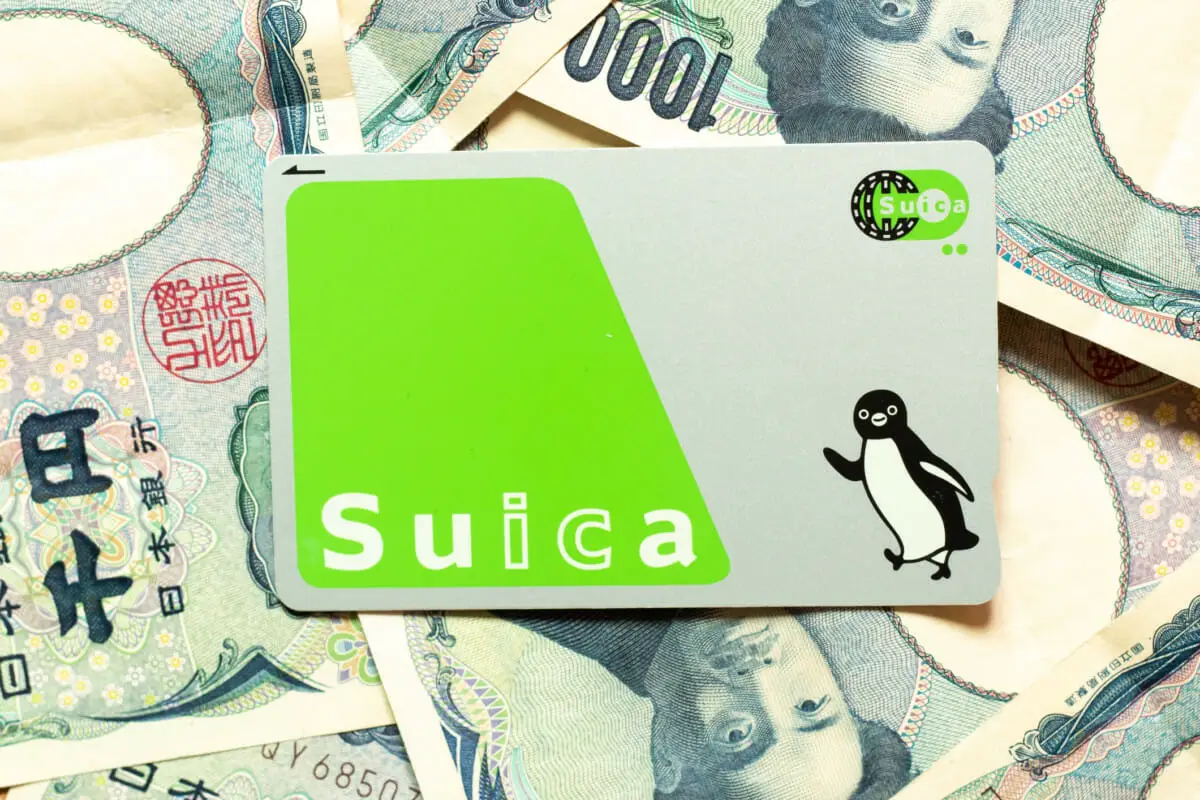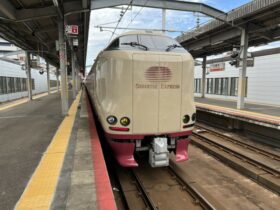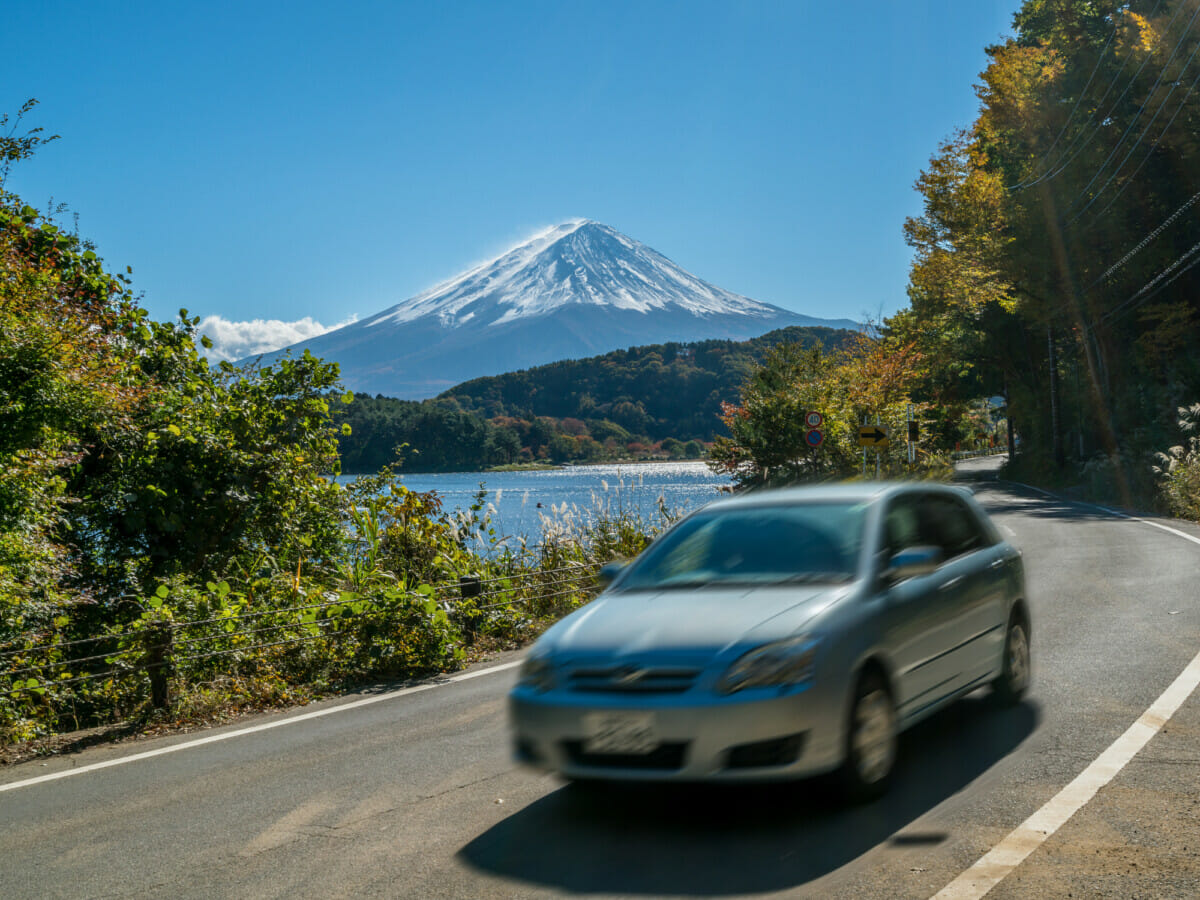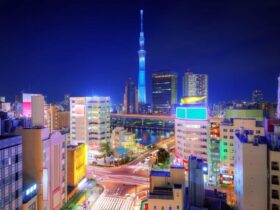One of the most confusing parts of travel to navigate can be knowing how much cash to have on hand, especially when using a currency you’re not familiar with.
If traveling to Japan and looking to carry less physical cash on you, a prepaid IC card could be a solution to help you reduce how much you carry around with you.

What Are IC Prepaid Cards?
IC cards are convenient cards that can be loaded and reloaded with money to use on various forms of transportation, as well as at select stores, vending machines, and even restaurants.
They work similarly to a chip-enabled debit card or credit card, where you simply hold the card on the accompanying card reader for a couple of seconds, and your transaction is complete.
There are a few companies that produce these prepaid cards, though many of these companies have joined forces to make using these cards much more convenient for travelers and locals alike.
That said, not all cards work in every single region that all other cards do, so a little bit of research is key before you make your final choice.

You should also know that, while you might like to lend your card to someone you’re traveling with for an occasional convenience store run, you can’t use it to pay for multiple transportation fares.
Your card gets charged when you board and when you exit your transportation method of choice, so there’s no way to try to pay for multiple fares even if you wanted to.

IC Prepaid Card Companies
As mentioned, a few companies offer their own IC cards, with many of these companies working in conjunction with each other.
This ensures that you can use whichever card is most convenient for you based on what you’d like to use it for, with some exceptions.
Different companies also service different areas of Japan, mainly in major cities that are frequented by tourists. For instance, Toica cards can be used when traveling through a large portion of Nagoya and Shizuoka.
The Kitaca card works on the JR Hokkaido train line, as well as on many of Sapporo’s public transportation options.
There is also the Suica card that allows you to use it on various Japan Rail trains, including in Tokyo, Sendai, and Niigata.
This card provider also has a unique card for tourists, as does Pasmo. Pasmo cards can be used on Tokyo transportation options not operated by Japan Rail.
There are more IC prepaid card companies that service other major hotspots in Japan, so it’s always worth researching what your options are based on where you plan on staying and how frequently you plan to move around the area or the country as a whole.
Where Can You Use IC Prepaid Cards?
IC prepaid cards will cover your public transportation costs for the area that the card services, so long as you continue traveling through an area covered by the card.
If you happen to hop on a train or bus outside of that area, you will have to pay using another payment method.

Stations will usually have a card reader where you will simply tap your card and be on your way to board your transportation method of choice.
Outside of transportation, there are a plethora of vending machines all throughout Japanese cities that sell food, snacks, beverages, and trinkets, and you can use your card in these machines.
Various convenience stores will also offer the option to pay with your IC prepaid cards. Some stores, also known as konbini in Japanese, Lawson, Ministop, and 7-Eleven.

Some of these cards are even compatible with the Nintendo Wii should you want to buy some games. You’ll often see one of the IC card company’s logos at a retailer or a service that lets you use it.
The Benefits of Having IC Prepaid Cards As Opposed To Just Cash
The major card companies that have collaborated to make them more useful for more tourists, such as the ones mentioned, can be used in any area of the card service; the only difference is that certain cards can only be physically purchased and set up at certain stations.
This way, you don’t have to buy multiple IC cards when traveling through the serviced regions.
The ability to use IC cards for multiple purposes within major cities also has its benefits, as it reduces the amount of cash you might need to carry around.
It can also reduce the need to carry around transfers when using public transit, which can easily be lost if you’re not careful.

It can also help you eliminate the need to go searching for change or cash in your bag or wallet when a lineup of other travelers are waiting for you.
However, these cards only benefit you when traveling through major cities, such as Tokyo, Hiroshima, Osaka, Nagoya, and a few more.
While the cards may not end up saving users much money in the long run, they pay for themselves in convenience and ease of use.

There are some transportation routes in Tokyo where you may save a few yen here or there when using your IC card.
Where To Find IC Prepaid Cards
If you’re interested in an IC prepaid card, you can find them at railway stations throughout Japan’s major transportation hubs or major cities.
There are various counters or machines that you can go to in the stations to set up your card. A couple of big Japanese airports, such as Haneda and Narita, also have counters where you can purchase and set up an IC card.

To get back your refundable deposit as well as the money you didn’t end up spending, you will have to visit a ticket counter that issues the same brand of IC prepaid card that you’re carrying. Be advised that some providers will charge a fee to get refunded.
Loading And Using IC Prepaid Cards
To purchase one of these cards, you’ll want to locate a booth or counter with the brand name of the company you’d like to purchase from after reviewing what each company offers.
You will have to pay a 500 yen fee, but this is a refundable fee. You also have to load the card with at least 1500 yen initially. Machines will display instructions in English as well.
If you want to add more yen to your card, you can do so at the same booths or counters at railway stations.

There is also the capability of connecting one of your credit cards to your IC card so that reloading is immediate, though this is only worth considering if you will be using your IC card for multiple purposes on multiple days.
When using your card, there will be readers located at transportation entrances or terminals, on shop counters, or on vending machines.
All you have to do is hold your card to the reader, and your payment will be processed. Many card readers will flash your remaining balance on their screens for a quick second.
Cities That Have IC Prepaid Card Capabilities
As mentioned, these cards can’t be used everywhere in Japan, though they are compatible with many services and shops in some of the larger Japanese cities often frequented by tourists.
The following are many of the most common areas that have the capacity for these cards:
- Tokyo
- Kyushu
- Sendai
- Hokkaido
- Niigata
- Osaka
- Hiroshima
- Okayama
- Kansai
- Kyoto
- Nara
- Fukuoka
Important Tips For Using IC Cards
When you’re using one of your IC cards to pay for travel, be sure your travel route is mapped out before you go. Your IC card will no longer work once you leave the service area, so you may end up needing a few yen to continue your travels.
When riding a bus or train where additional fees apply for convenient service, your IC card won’t cover those fees.

Additionally, if you’re planning on riding a shinkansen, or a bullet train, it’s worth looking into if your IC card would be compatible with the route you’re planning to take.
The one thing to be aware of is you can’t book reserved seats using your IC card.
If you have a credit card connected to your IC card, it can make transferring between trains more seamless of an experience for you.
You might also have the option to buy your shinkansen ticket online and tap your IC card to board the train.








